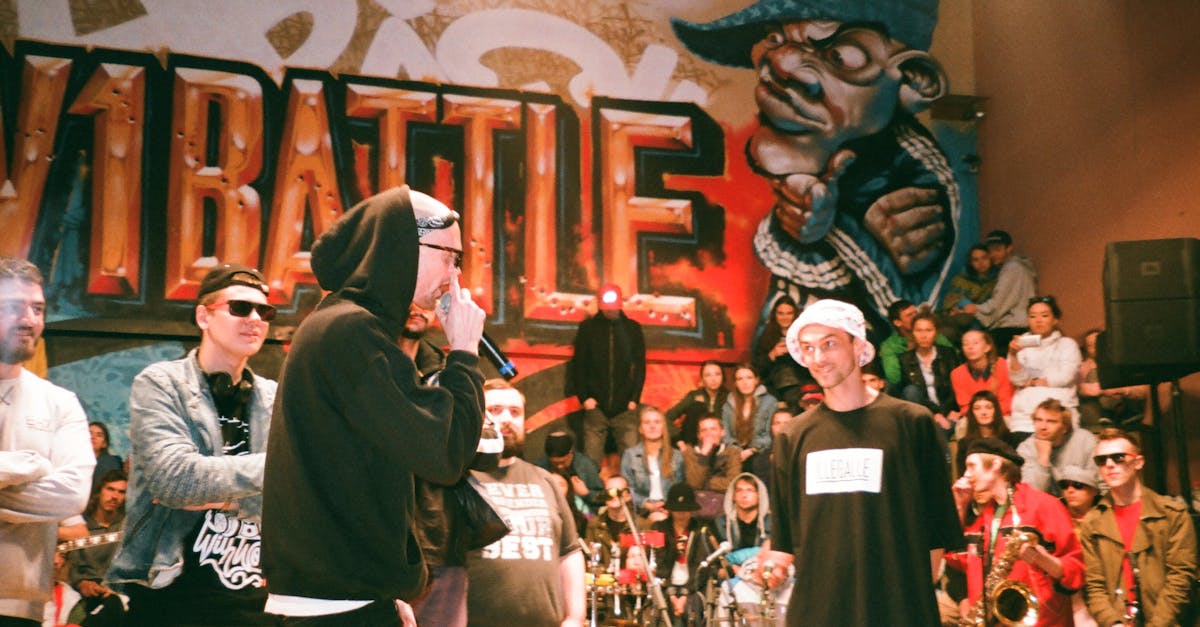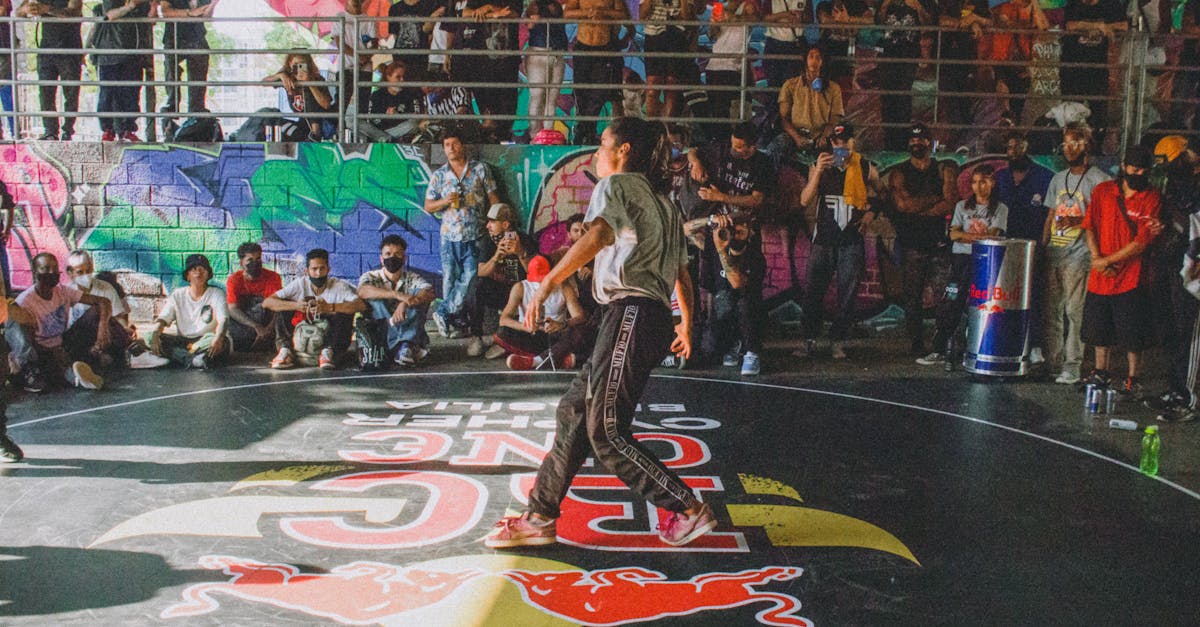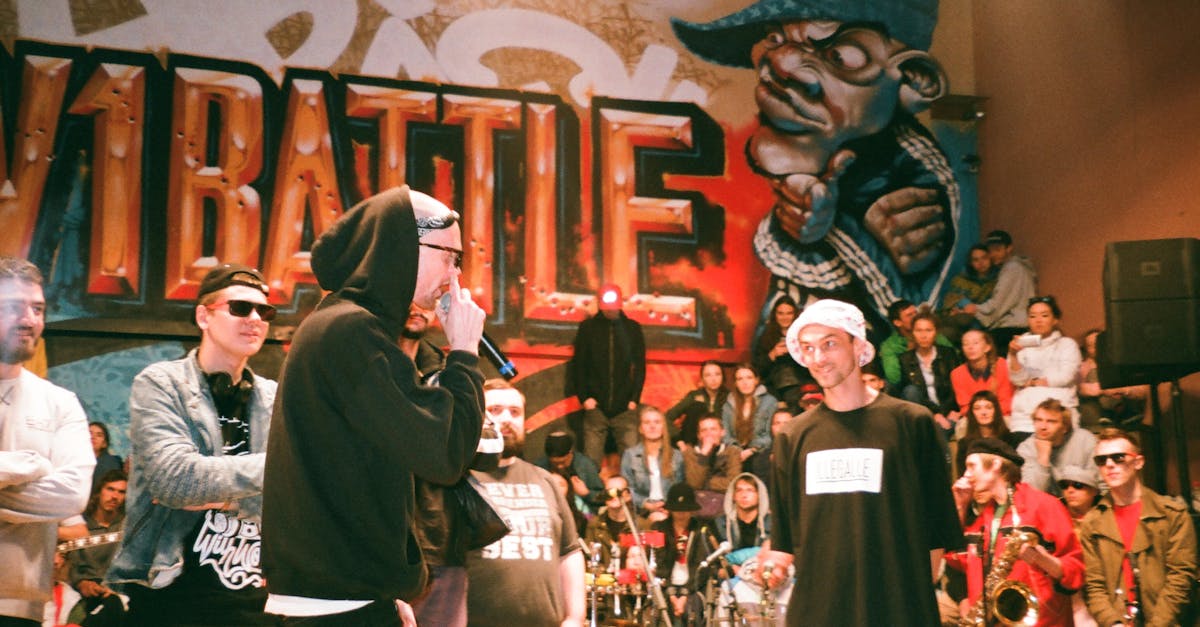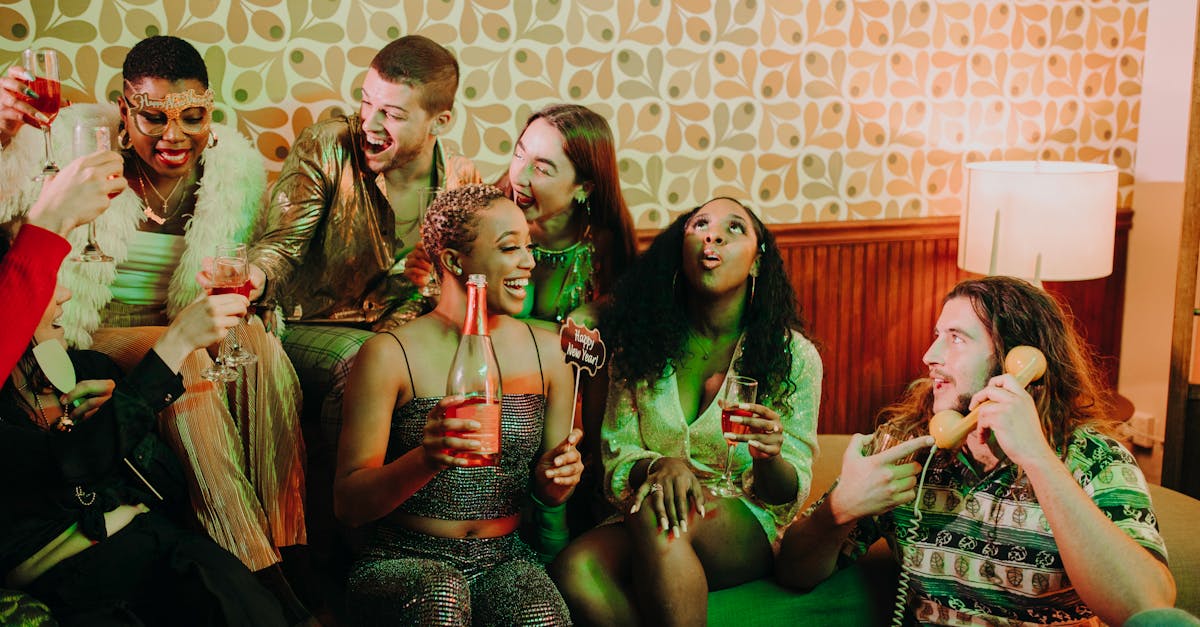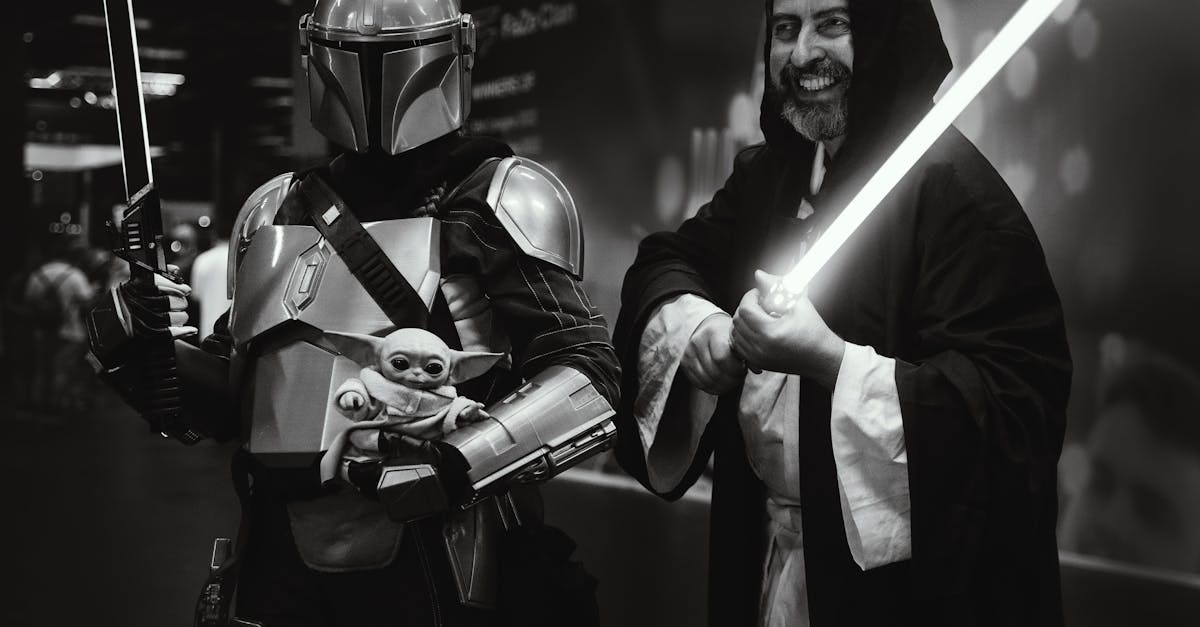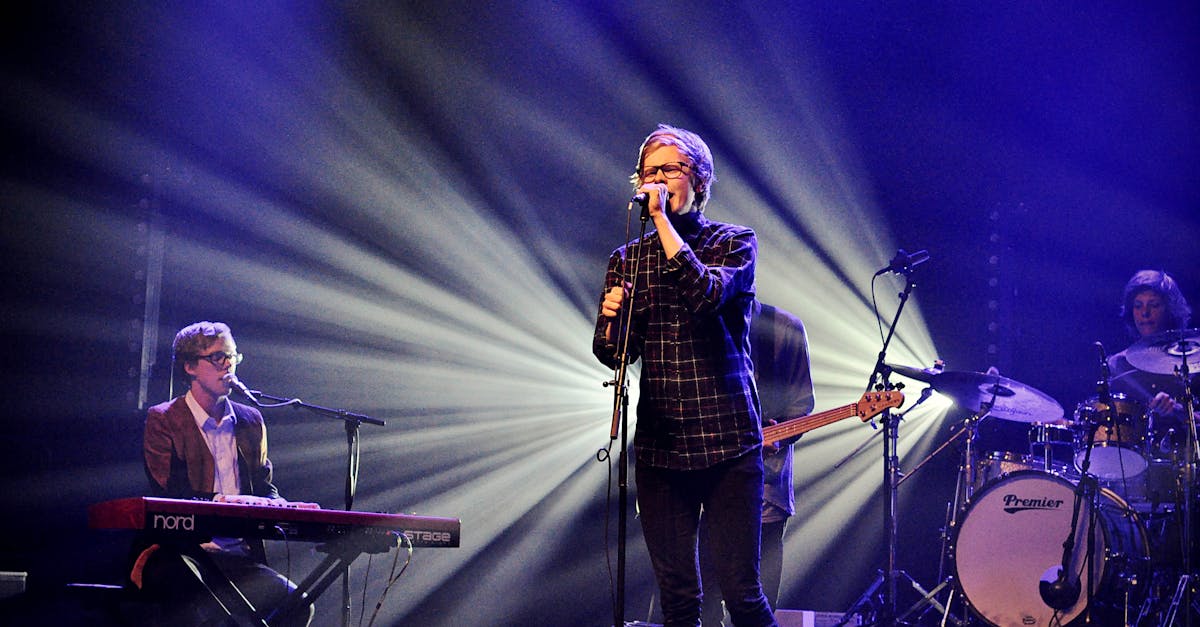Urban Groove Harmonies Untold
Introduction
The urban groove movement has long been a dynamic force in shaping modern music culture. Rooted deeply in ethnic influences, it embodies a blend of rhythm and lyrical depth. As cities became melting pots of culture, so did their music, evolving to form what we now recognize as urban groove. From soulful harmonies to syncopated beats, this genre captures the essence of urban life. But how did urban groove evolve over the years, and why does it resonate so profoundly with today's generation? To understand its significance, one must delve into its untold harmonies and their transformative power.
Advertisement
The Roots of Urban Groove
Urban groove traces its origins to the vibrant communities of the early 20th century. Influenced by African American jazz and blues, it later integrated Latin rhythms and European melodies. The diversity of urban centers worldwide gave birth to a genre that reflected the struggles and triumphs of city life. In places like Harlem and Chicago, music became a voice for marginalized communities, expressing their narratives through rhythm and song. This rich tapestry of cultures set the stage for urban groove, offering an eclectic mix of elements that continue to influence music today.
Advertisement
Cultural Melting Pot
Urban groove truly embodies the concept of a cultural melting pot. Each city brought unique aspects to the genre, incorporating local sounds and instruments. Latin American influence saw the inclusion of tropical beats, while the Middle Eastern influx introduced complex musical scales. In Europe, cities like London added elements of punk and rock. Such diversity created a genre that was ever-evolving, adapting to its environment while maintaining core themes of rhythm and resilience. It's this adaptability that allowed urban groove to thrive and gain global recognition.
Advertisement
Social and Political Influences
The genre is not just about rhythm; it's a reflection of social and political landscapes. Songs often address issues of racial equality, poverty, and community resilience. During the civil rights movement, urban groove became a powerful tool for advocacy, using music to communicate the message of change. As it spoke to real-life challenges, it also fostered a sense of solidarity among listeners. This social consciousness embedded in the music continues to resonate, ensuring urban groove remains relevant to contemporary audiences.
Advertisement
The Evolution of Sound
Throughout the decades, urban groove has undergone significant transformations. The 1970s saw the rise of hip-hop, integrating rap into the groove’s framework. R&B artists of the 1990s added a soulful touch, crafting emotionally charged melodies. Today, artists blend urban groove with electronic music, creating a futuristic sound that still honors its roots. This evolution showcases the genre's versatility, displaying how it can adapt to changes in musical trends while maintaining its core identity.
Advertisement
Influence on Modern Music
Urban groove is a major influencer in today’s music industry. Its essential elements can be found in pop, hip-hop, and even indie music. Chart-topping artists often incorporate urban groove to add an authentic touch to their sound. This cross-genre influence highlights its universal appeal. The collaboration between different music genres has given rise to globally celebrated hits, showcasing how urban groove enhances and diversifies musical expression across the board.
Advertisement
Urban Groove and Technological Advancements
The digital age has brought urban groove to a global audience, with streaming services and social media amplifying its reach. Technology has enabled artists to experiment with new sounds, further pushing the boundaries of the genre. Music production has become more accessible, allowing indie musicians to explore urban groove's vast landscape. As digital platforms provide instant access to global audiences, urban groove harmonies untold continue to inspire and engage a multitude of listeners worldwide.
Advertisement
The Dance Connection
Dance plays a crucial role in urban groove culture. The music’s rhythmic nature lends itself to a variety of dance styles, from breakdance to street jazz. Dance communities thrive on the energy and beats that urban groove provides, using it as a medium for creative expression. This synergy between music and movement further solidifies the genre’s position as a cornerstone of urban art forms. Dance and urban groove go hand in hand, each enriching the other and creating a vibrant cultural narrative.
Advertisement
The Future of Urban Groove
The future looks bright for urban groove, thanks to its ever-evolving nature. Artists are increasingly blending traditional sounds with experimental elements to create new styles. There is a growing focus on storytelling, with lyrics deeply rooted in personal and communal experiences. As new voices enter the genre, urban groove promises to remain a vital and empowering form of artistic expression. Its ability to communicate, entertain, and unite continues to captivate audiences, ensuring its relevance in a constantly changing musical landscape.
Advertisement
Conclusion
Urban groove harmonies untold reveal the genre's depth and richness. From its roots in diverse cultures to its wide-reaching impact on modern music, urban groove stands as a testament to the power of rhythm and storytelling. It has navigated social and technological changes, championing voices that strive for recognition and authenticity. As it continues to evolve, its influence permeates countless music genres, fostering a sense of unity and cultural pride. The legacy of urban groove harmonies promises to endure, reflecting the heartbeat of urban life and resonating with generations to come.
Advertisement
